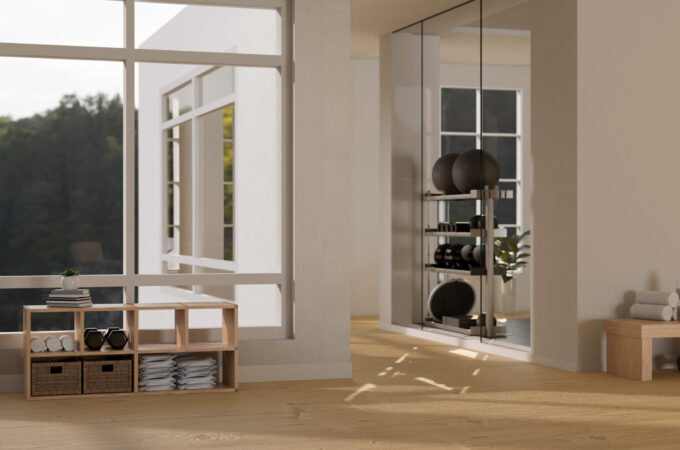
How To Start Your Own Retail Business
Starting your own retail business can be a daunting yet rewarding experience. With the right tools, resources, and determination, you can build a successful business and become a proud retailer. In this article, we will cover some essential aspects to consider when starting your retail business. Keep reading to learn more about these crucial steps in launching your retail venture.
Choosing Your Niche
A well-defined niche is integral to the success of any retail business, as it allows you to differentiate yourself from competitors and cater to specific customer needs. Assess your knowledge, skills, and experience in different industries to identify a sector where you feel confident and passionate about offering products. Consider analyzing current trends and seeking out underrepresented markets to help you narrow down your focus.
When selecting your niche, consider the type of products you wish to sell – for example, perishable goods such as food may require more stringent quality controls, storage solutions, and a faster turnover. In contrast, durable goods like furniture or clothing can be stored for longer periods.
Be mindful of your product offerings’ environmental impact, as sustainability is becoming an increasingly important consideration for consumers. For example, if you’re selling food products, consider using small containers with lids made from eco-friendly materials. Plastic containers make for great packaging solutions and can be recycled or re-used multiple times. Additionally, containers with hinged lids can be useful for both liquid and solid products.
You should also research the ease of procuring your inventory, as well as the associated costs and the long-term viability of the products you will sell. Building relationships with suppliers will be crucial to ensuring a steady supply of products and potentially securing better pricing or exclusive products.
Conducting Market Research

Before you dive into the world of retail, it’s crucial to conduct thorough market research to understand your target audience, their preferences, and the current market trends. This research will not only allow you to assess the demand for your chosen products but also identify potential competitors and gaps in the market that you can fill. Start by analyzing your prospective market, understanding the demographics of your target audience, and identifying their needs.
Use both primary and secondary sources of information to gather data about your market. Primary sources include conducting surveys, focus groups, and interviews with potential customers, while secondary sources refer to researching industry reports, statistics, and news articles. Take note of existing businesses in the market that offer similar products and study their strategies to identify any areas of improvement.
Selecting the Right Location

The location of your retail business plays a significant role in determining its success. Ideally, you should find a location with high foot traffic to maximize visibility and store visits from potential customers. Consider researching your market’s demographics and selecting a location that is easily accessible and frequented by your target audience.
As rent and property prices can greatly impact the overall profitability of your retail business, spend time researching different locations, comparing rental or purchase costs, and taking note of any available incentives or financial breaks. Weigh the pros and cons of each location, considering factors such as accessibility, parking, visibility, and proximity to other businesses.
Creating a Strong Brand Identity
A memorable brand identity is key to differentiating your retail business from others and establishing a loyal customer base. Start by selecting a distinctive business name that reflects your niche and is easily recognizable. Create a compelling logo that represents your business and can be easily used across digital, print, and physical marketing materials.
Designing and implementing a consistent brand image across all customer touchpoints, including your store’s interior and exterior design, packaging, website, social media, and advertising, will help create a cohesive brand experience. Consider your brand’s colors, typography, and overall aesthetic to ensure consistency and build a reputable brand image.
Overall, starting a retail business requires careful planning, strategic decision-making, and a clear understanding of your target market and competition. As a retailer, focusing on a well-defined niche, choosing the right location, and creating a strong brand identity will set you on the path to success. Combined with diligent market research, these factors will help you establish a thriving retail business that stands out from the competition and caters to consumers’ ever-evolving needs and preferences.





